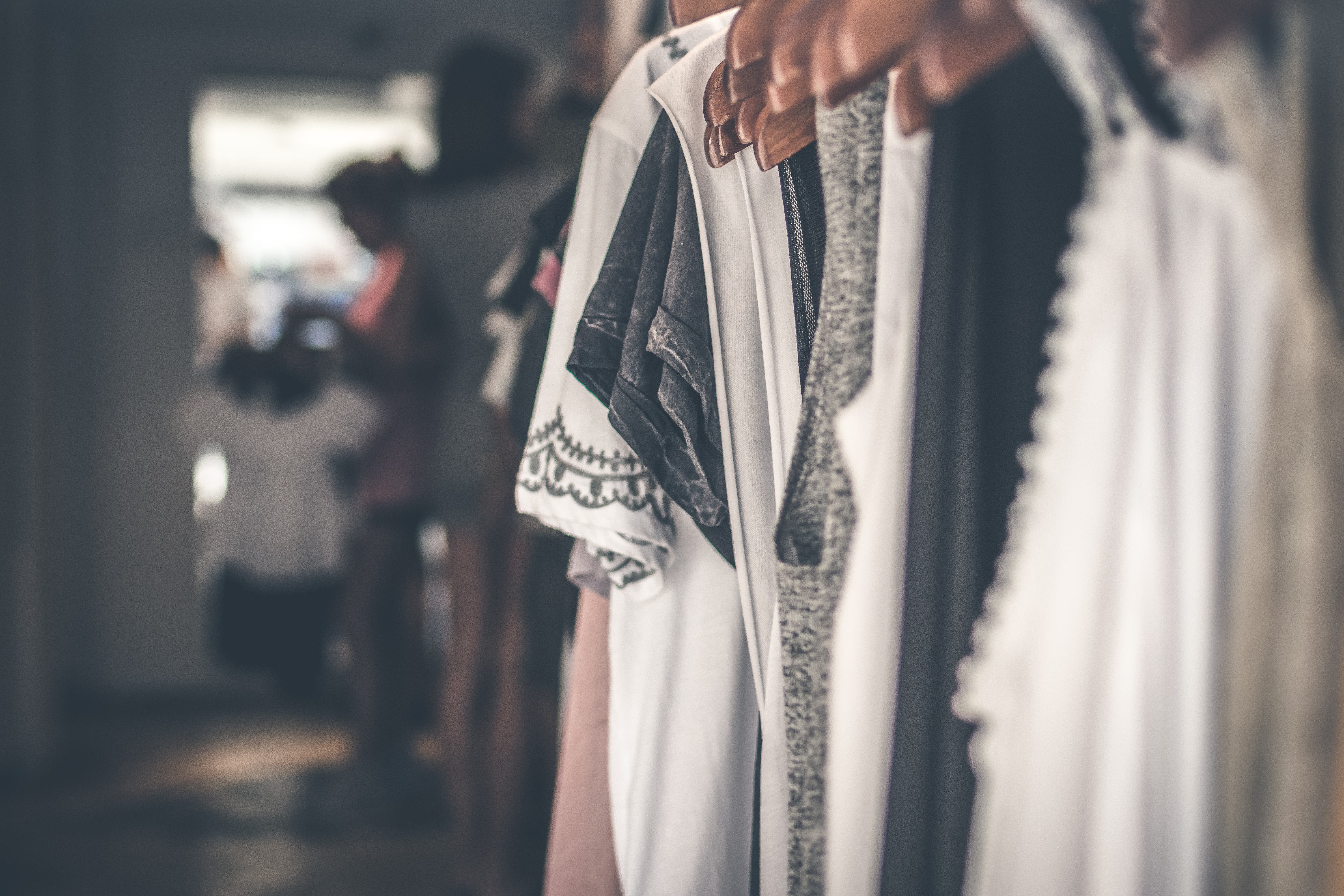3 Reasons Why You Might Have Mold in Your Closet (and What to Do About It)
Let’s say you’re rummaging around in your closet for a pair of shoes on the floor, when you pick up a sneaker you haven’t worn in a while and its once-leather exterior has taken on an almost furry texture. After you’ve screamed and dropped the sneaker, you do a quick surveillance of the rest of the closet – walls, the rack of hanging clothes, other shoes on the floor – and don’t detect any signs to indicate that you’ve got a raging mold issue on your hands.
So, what gives?
According to Wayne Stock, owner of Tinton Falls-based Stock Environmental Consulting, “Just because you don’t see mold growing on building material doesn’t mean you don’t potentially have a mold issue.”
In fact, says Stock, when a furry sneaker (or blanket or sweater) is discovered in a closet, there are a few things that could be happening:
- Humidity: Warm summer temperatures provide just the right setting for mold to take off in a closet, North Dakota State University professor Kenneth Hellevang tells Hunker. When that closet is up against an exterior wall, excess water vapor can accumulate in the dark interior. What to do? Leave the closet door open during the day to improve airflow and use a dehumidifier to get the humidity (and furry sweaters) under control.
- Crawl space: If you have ruled out humidity and have a crawl space under your home, you might want to peek inside to see what’s going on. “Crawl space issues usually start out small and grow over time undetected,” says Stock. A lot of the times it starts as a small leak or flood and blooms into nice, moist environment that mold loves. Since air travels in the home from the bottom up, moist air can make its way out of the crawl space and into your home’s living areas and nothing makes your mold say, “Ahh,” like the darkness of your closet. If you live in a townhome with a common crawl space – nestled underneath a number of units – you’re at risk of having mold appear in your house from a leak at your neighbor’s, three doors down. If you suspect that is the case, you need to contact your homeowner’s association or rental board to investigate potential leaks or flooding.
- Attic: It turns out, mold is an equal opportunity interloper, and likes to snuggle up in attics, almost as much as it likes your crawlspace. Mold spores tend to develop in attics that aren’t well ventilated, especially in colder climates. Heat will rise and attic mold can occur if the hot air meets the cold surface of the attic roof and creates condensation. This moisture can drip onto the attic floor or down the roof ceilings, creating a perfect scenario for mold growth in – you guessed it – your closet below.
Once you determine the source of your closet mold, you can take the necessary steps to mitigate whatever moisture issue introduced your nice sneakers to mold spores. But there are a few other steps you can take to keep mold from creeping back in:
- Get rid of all those plastic dry cleaning bags (they’re a breeding grown for moisture)
- Keep things clean and dry
- Get things up off the floor
- Keep closet door closed to damp, humid air
- If you smell something musty, investigate
- Leave the light on (mold is like a vampire and loves the dark)
If you aren’t sure what the cause of the furry sneaker could be, schedule an appointment with Stock Environmental, who bring over 20 years of experience and can provide testing, inspections and assessments of the issue. Schedule your appointment at (732) 383-5190.
“My biggest piece of advice if you find mold growing on clothes or a shoe on your closet floor is to not ignore it,” says Stock, “unless you’re hoping for a matching pair.”




